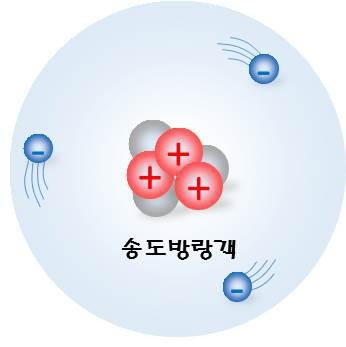엔지니어링 공부방
[논문 공부] Multivalent rechargeable batteries - 다원자가의 충전 배터리 - 차세대 배터리 소개 본문
[논문 공부] Multivalent rechargeable batteries - 다원자가의 충전 배터리 - 차세대 배터리 소개
송도방랑객 2019. 9. 1. 22:38배터리 공부를 위해 처음으로 선택한 논문은 리뷰 논문입니다.
제목 : Multivalent rechargeable batteries
저널 : Energy Storage Materials 20 (2019) 253–262
저자 : A. Ponrouch, J. Bitenc b, R. Dominko, N. Lindahl, P. Johansson, M.R. Palacin
배터리의 '배'도 제대로 모르면서 ㅋㅋㅋ 논문에 도전하는 이유는
어려운 것을 두드리면 나머지것이 상대적으로 쉬워지는 효과가 있기 때문입니다.
논문에서 중요한건 그림이라고.. 제 교수님이 그러셨기에.. 그림부터 파보도록 하죠 ㅋㅋ
첫번째 그림을 볼까요?

LIB는 리튬이온배터리 입니다. 즉, 일반적인 리튬이온 배터리의 개념도네요.
Electrolyte는 전해액이고... 이걸 보니 리튬 이온이 전자를 얻어 (-)가 되면 Anode(양극)으로 가고
전자를 잃어 (+)가 되면 음극으로 가는 시스템이네요 ㅋㅋ
두번째 그림

안타깝게도.. Fig.2.는 조금 이해하기가 어렵네요. 대충... 중량으로 따지는 용량과 부피로 따지는
용량이 있는데 부피 용량으로 따지면
Mg이온 배터리는 Li이온 배터리보다 용량이 2배,
Al이온 배터리는 3배 된다는거 같네요.
즉, Mg이온 배터리, Al이온 배터리를 사용화하면 차세대 배터리가 개발된다는거죠.
세번째 그림

Mg-S 라는 차세대 배터리의 매커니즘인거 같네요?ㅋㅋ
아직 이해하기엔 도표가 좀 어렵네요ㅠ
네번째 그림

이게 뭘까요..ㅠ 나중에 실력 쌓이고 더 읽어보고 내용 추가해야겠어요..
다섯번째 그림

여섯번째 그림

일곱번째 그림

자그마치 영어로.. 7페이지나 되는 논문을 다 읽지는 못했습니다.. 그마저도 읽다가 졸려서 ㅋㅋㅋ
그래도 읽은 내용으로 간단히 결론 내립니다.
결론
1. 리튬-이온 배터리가 하이브리드 자동차 등 다양한 배터리 산업에서 우수한 성능을 보이고 있으나
상업 차량, 태양 및 바람을 이용한 에너지 배터리 등의 산업에 적용하기 위해서는 차세대 배터리 개발이
필수적임.
2. 차세대 배터리는 칼슘, 나트륨, 마그네슘, 알루미늄, 탄소 등이 고려되고 있으나 Mg, Ca, Al 등이
아주 활발히 연구되고 있음. 하지만 아직 넘어야 할 벽이 많음. 차세대 배터리는 리튬-이온 배터리에 비해
용량이 2배~3배 이상 될 가능성이 있음.
흥미 있는 내용

이온이 이동할 때 전자를 한개 붙들고 M+ 되던놈이
M2+ 이나 M3+이 돼서 더 많은 전자를 끌고가게 한다고 합니다?!?!ㅋㅋㅋ
맞나? 뭔진 몰라도 신기ㅋㅋ
이렇게 전자를 여러개 붙든 이온이라 다가(Multivalent) 충전 배터리라고 제목을 지은거 같네요.
배터리에 대해 계속 공부할건데
처음부터 좀 어렵네용 ㅎㅎ
'전기공학 > 배터리' 카테고리의 다른 글
| 차세대 배터리 개발 현황 및 동향 - #3 [최근 2차 전지 연구 동향] (0) | 2020.06.22 |
|---|---|
| 차세대 배터리 개발 현황 및 동향 - #2 [리튬이온 배터리 원리] (2) | 2020.06.22 |
| 차세대 배터리 개발 현황 및 동향 - #1 [1차 전지와 2차 전지] (0) | 2020.06.22 |
| 리튬이온 배터리 원리 [구조 / 충방전 시스템] 어떻게 작동할까? (0) | 2019.09.11 |




